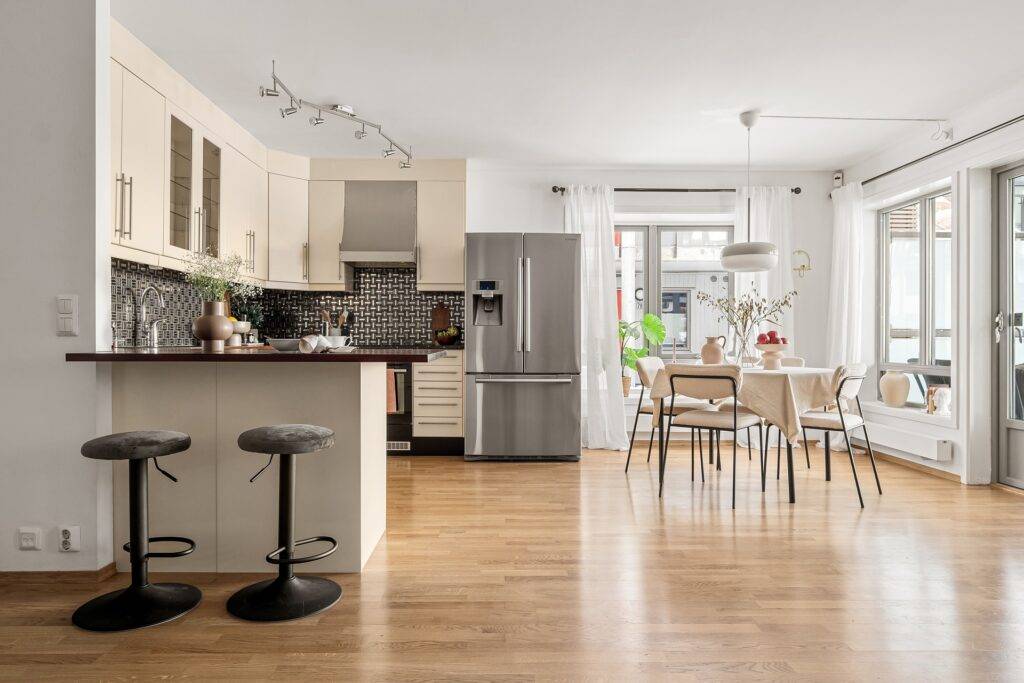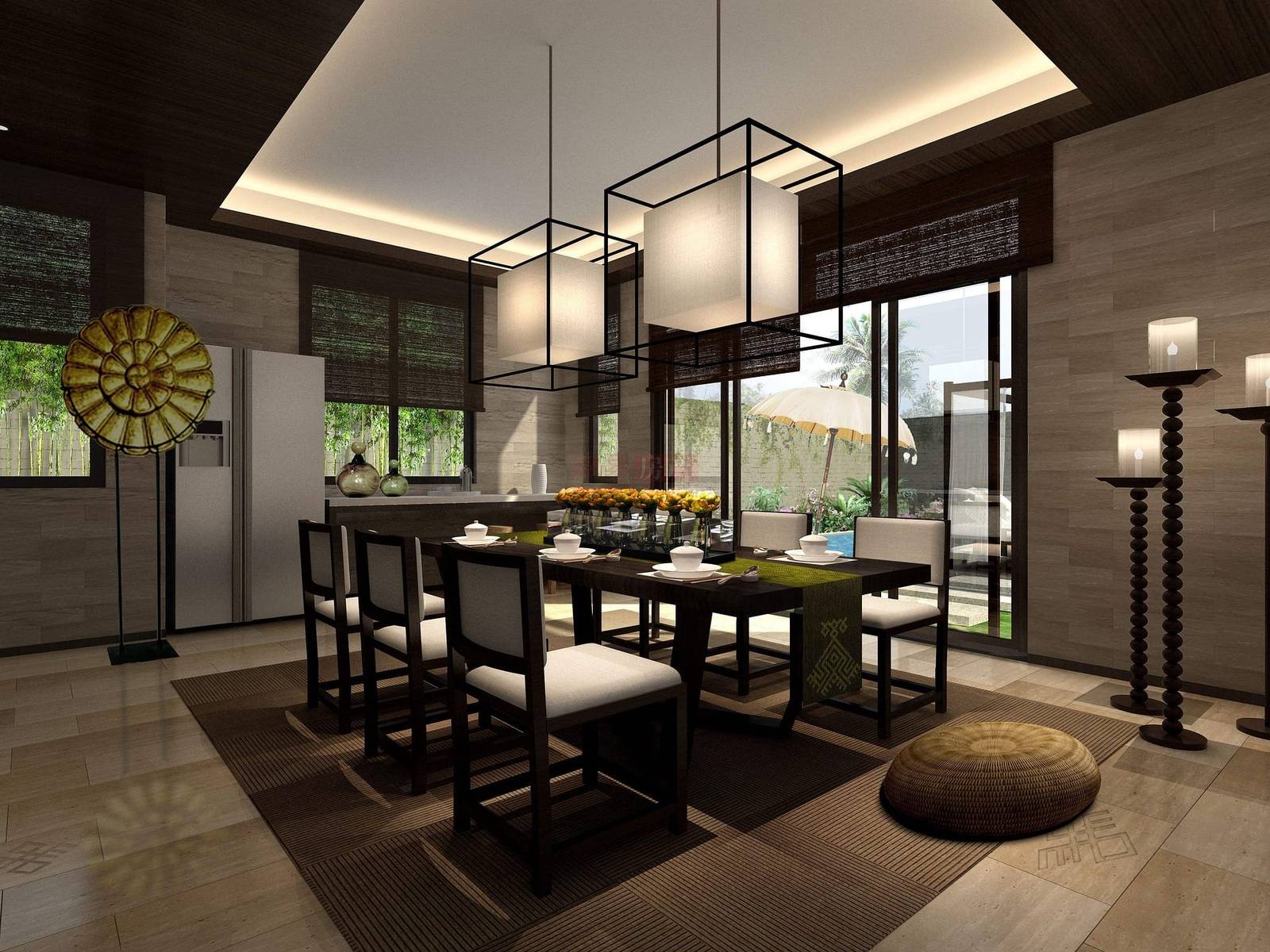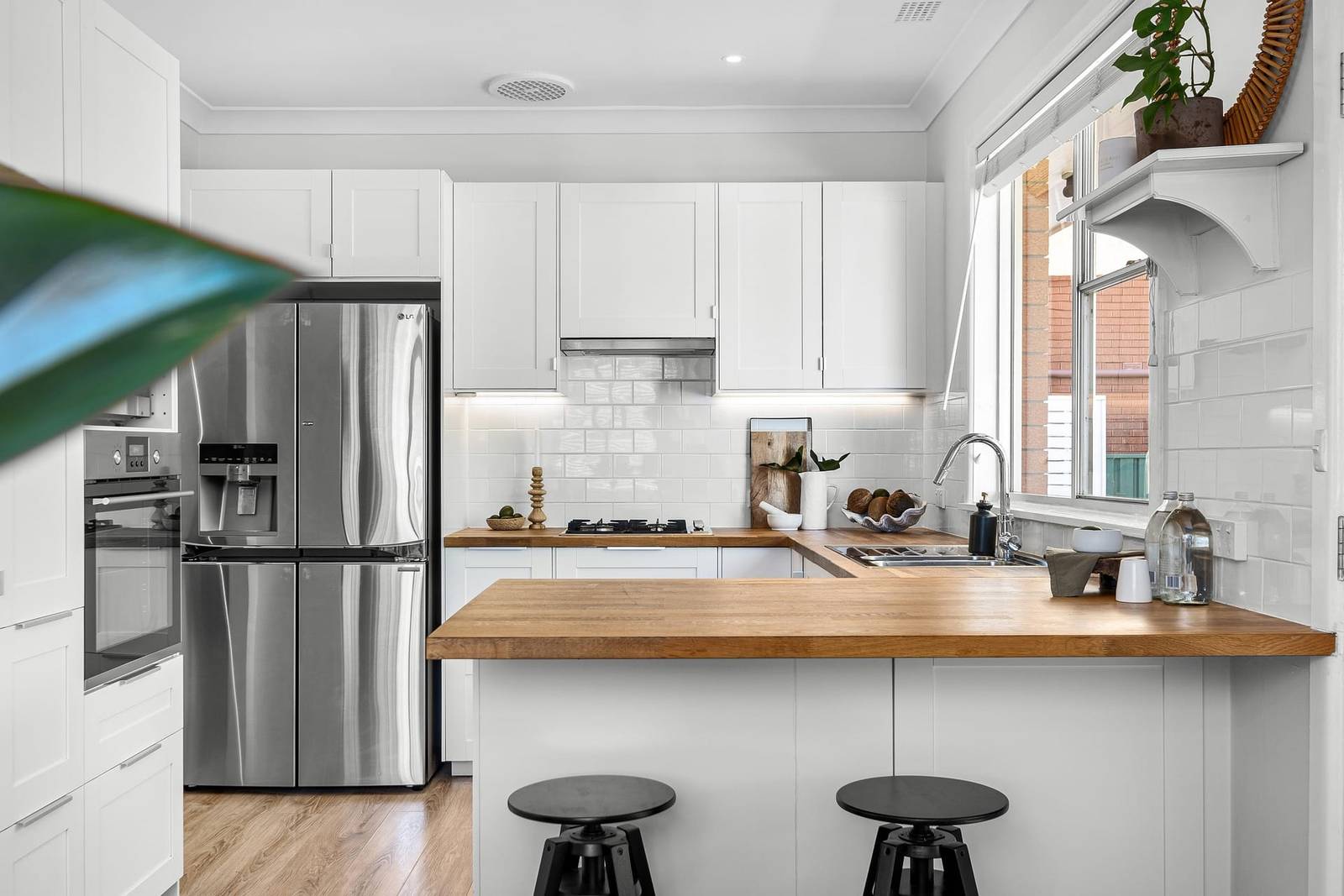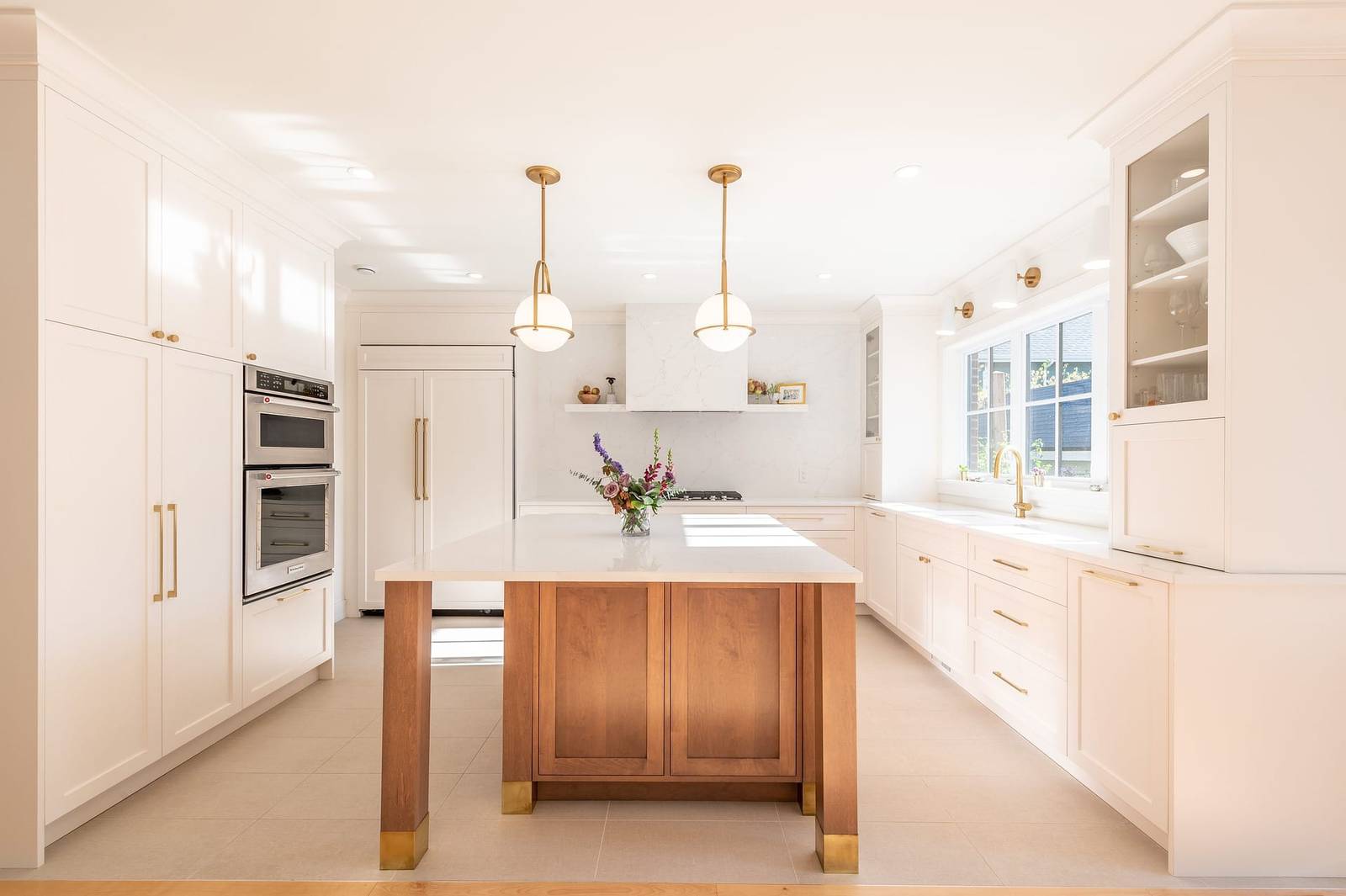Renovating a traditional kitchen can transform your home’s heart into a modern, functional, and stylish space. In Dubai, where cultural richness meets contemporary luxury, blending tradition with modern trends can create a unique and inviting kitchen design. Whether you’re looking to preserve cultural elements or incorporate modern functionality, this guide will provide useful tips for your kitchen renovation Dubai project.
1. Evaluate the Layout and Space
Before diving into any renovation project, it’s essential to assess your current kitchen layout. Many traditional kitchens in Dubai feature smaller, enclosed spaces. Modern kitchens, however, embrace open layouts. Consider knocking down a wall or adding a kitchen island to create a more open and fluid space.
Ensure the kitchen’s workflow, also known as the “kitchen triangle” (the stove, sink, and refrigerator), is optimized for both functionality and ease of movement. In smaller traditional kitchens, expanding space by rethinking the layout can make all the difference.
2. Incorporate Traditional Design Elements
When embarking on a kitchen renovation in Dubai, it’s essential to retain traditional elements that reflect the region’s rich culture. For instance, Arabic-inspired tiles or intricate mosaics can be incorporated into the backsplash or flooring. These design features not only add a cultural touch but also bring a level of artistic sophistication to the kitchen.
Cabinetry is another area where you can balance tradition and modern design. Opt for wood cabinetry with classic Arabic patterns, or go for light, natural tones to keep the space open and inviting.
3. Choose High-Quality Materials
Dubai’s hot and dry climate necessitates the use of high-quality, durable materials for your kitchen renovation. Marble or granite countertops, for example, are excellent choices as they can withstand high temperatures while offering timeless elegance. Stainless steel appliances, though modern, can seamlessly blend with a traditional kitchen design, providing durability and a sleek aesthetic.
For the flooring, consider using ceramic or porcelain tiles, which are not only durable but also resistant to the harsh climate. These materials provide a cool surface underfoot, ideal for the warm Dubai weather, while offering longevity.
4. Update Appliances and Lighting
Traditional kitchens often lack modern conveniences, which can hinder efficiency. When planning your kitchen renovation in Dubai, opt for energy-efficient appliances that fit within the overall design. Look for modern appliances with a traditional finish, such as stoves or ovens that feature vintage brass knobs or hardware.
Lighting is another critical element to consider. Combining ambient lighting with task lighting creates a balanced and functional kitchen. Traditional brass or copper chandeliers can be paired with modern under-cabinet lighting to maintain a cozy yet practical atmosphere.
5. Embrace Neutral and Earthy Tones
When selecting colors for a traditional kitchen renovation, neutral and earthy tones are key. These shades can evoke warmth and provide a calming atmosphere. In Dubai, light colors like sand, beige, or soft whites can help counter the intense heat, making the kitchen feel airy and bright.
Accent these neutral colors with rich textures—perhaps a tiled mosaic backsplash or a hand-carved wooden cabinet. This combination of neutral tones with textural accents creates a modern-traditional fusion, keeping the space timeless and sophisticated.
6. Consider Modern Storage Solutions
One of the challenges in a traditional kitchen is the lack of efficient storage. Modern storage solutions, such as pull-out shelves, rotating cabinets, or drawer dividers, can drastically improve your kitchen’s functionality without compromising the traditional look.
Maximizing vertical space with ceiling-high cabinetry not only provides ample storage but also adds grandeur to your kitchen. You can enhance this by incorporating glass-fronted cabinet doors to display fine china or artisanal kitchenware, blending modern utility with traditional aesthetics.
7. Use Sustainable Materials
With growing concerns about sustainability, incorporating eco-friendly materials is a smart choice for any kitchen renovation in Dubai. Choose sustainable woods for cabinetry and furniture, or go for recycled glass countertops. Not only do these materials reduce environmental impact, but they also add a modern, ethical edge to your renovation, keeping in line with the evolving global focus on sustainability.
Additionally, you can integrate energy-efficient LED lighting and smart kitchen appliances to minimize energy consumption, further supporting a sustainable lifestyle.
8. Maintain a Balanced Budget
Kitchen renovations can be expensive, particularly in a city like Dubai where luxury and style are often prioritized. However, setting a budget and sticking to it is essential for a successful renovation. Splurge on key elements such as countertops, appliances, and cabinetry, while saving on less critical aspects like decorative items.
To ensure you’re making the most of your kitchen renovation in Dubai, work with trusted professionals who can guide you in balancing quality with cost-effectiveness.
9. Enhance Ventilation
Dubai’s warm climate means that your kitchen can quickly become hot and stuffy, especially during cooking. Incorporating efficient ventilation systems during your renovation is crucial to maintaining a comfortable environment. Install an exhaust hood to remove heat and odors, or consider adding windows for natural airflow if space allows.
Proper ventilation will not only make your kitchen more pleasant to work in but also protect your cabinetry and appliances from humidity-related damage.
10. Personalize Your Space
Lastly, don’t forget to add personal touches that make your kitchen feel like home. Whether it’s incorporating family heirlooms, using locally sourced materials, or adding handmade décor, these elements will bring warmth and uniqueness to your newly renovated kitchen.
You might also consider working with local artisans to incorporate custom features like hand-painted tiles or bespoke cabinetry, giving your kitchen a distinctive Dubai flair while blending tradition and modernity.
Conclusion
Renovating a traditional kitchen in Dubai is an exciting opportunity to merge timeless elements with modern convenience. By carefully planning the layout, choosing high-quality materials, and incorporating both traditional and sustainable elements, you can create a kitchen that is not only beautiful but functional. Whether you are modernizing your space or retaining cultural features, these tips will ensure a successful kitchen renovation in Dubai.






